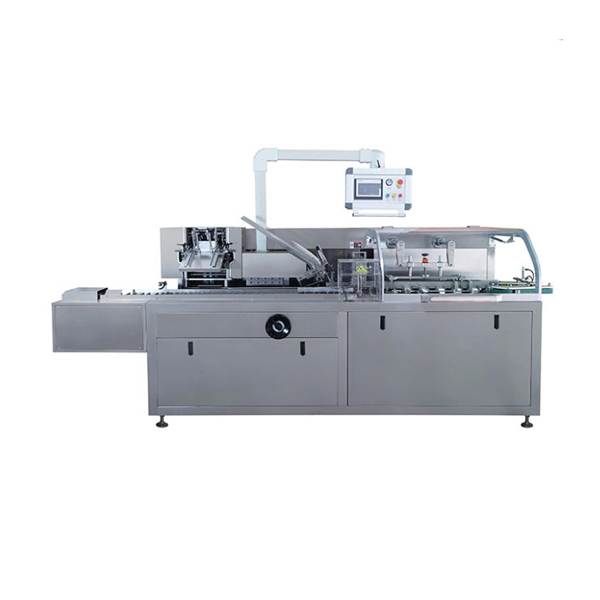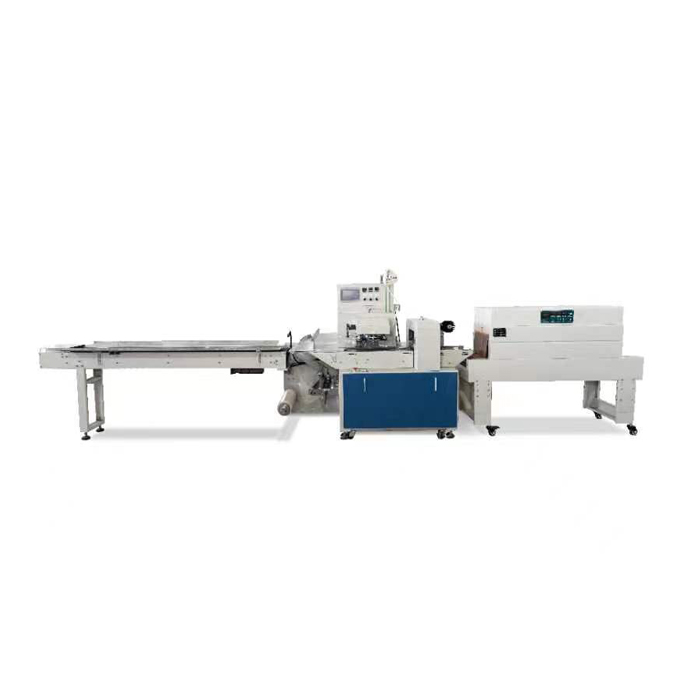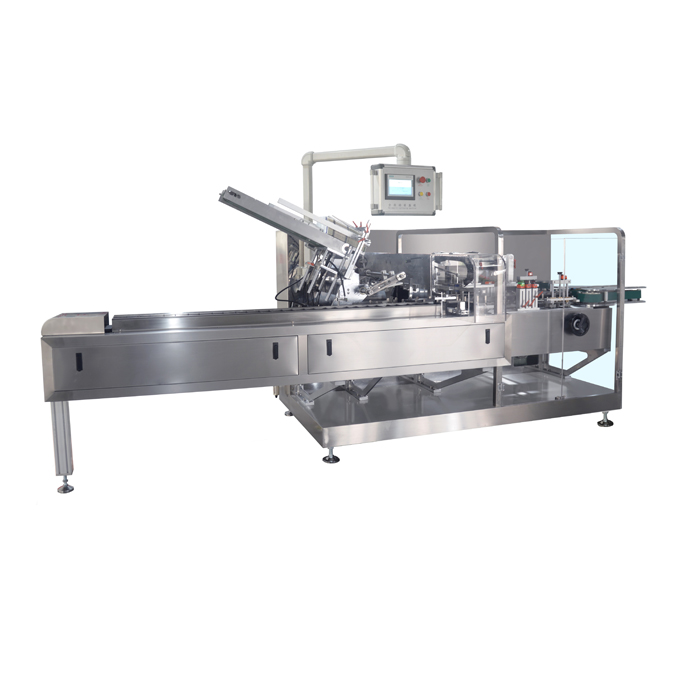Application and Development of Pouch Cartoner Machine in the Food Industry

Pouch Cartoner Machine are increasingly used in the food industry. They not only effectively improve production efficiency but also better ensure food hygiene and safety. Below, I will provide a detailed introduction from the perspectives of application scenarios, technical features, and development trends.
🧰How to Choose a Pouch Cartoner Machine
When selecting a Pouch Cartoner Machine, consider the following:
1. Material Properties: The physical properties of the material (such as flowability, caking, and moisture absorption) are the primary factors in selecting the appropriate cartoning machine and metering method.
2. Capacity Requirements: Based on your company's production scale and requirements, select a cartoning machine with an appropriate speed range (low, medium, or high).
3. Packaging Box Type and Specifications: Determine the specifications and type of packaging bags required, as well as whether frequent changes in box types are required.
4. Functional Expansion: Consider whether you require expanded functions such as coding, inkjet printing, automatic material handling, weight detection, and integration with an MES system.
5. Hygiene Standards: For the food industry, the equipment's hygienic design and materials (such as whether it uses 304 stainless steel and supports CIP cleaning) are crucial.
6. Manufacturer Support: Examine the manufacturer's after-sales service capabilities and technical support responsiveness, as well as their ability to provide customized solutions.
🔍 Challenges and Future Trends
Pouch Cartoner Machine also face some challenges in their development, such as:
· Initial Investment Cost: Highly automated cartoning machines require a relatively high initial investment, which may put a certain strain on small and medium-sized enterprises.
· Technical Complexity: The operation and maintenance of advanced equipment requires specialized technicians, placing higher demands on employee skills.
· The Limits of Flexible Production: While flexibility is a trend, with extremely diverse and non-standardized products, changeover time and costs remain areas that require continuous optimization.
Future developments are likely to focus on the following trends:
1. Deeper Intelligence and Digitalization:
Internet of Things (IoT) and Predictive Maintenance: Equipment will be connected to the Internet via sensors, uploading real-time operating data. AI algorithms will be used to predict potential failures, shifting from post-event repairs to pre-event prevention, minimizing unplanned downtime.
Digital Twin: This creates a digital representation of the equipment in a virtual space for virtual commissioning, remote diagnosis, and process optimization, reducing the risks and costs of physical commissioning.
AI Quality Inspection: The application of deep learning technology will make quality inspection even more intelligent, enabling not only defect identification but also defect analysis and process optimization.
2. Ultimate Flexibility and Modularity:
Equipment will adopt a more radically modular design, allowing functional modules (such as different grippers and metering devices) to be quickly combined or replaced, like building blocks, to meet the market demand for small batches and a wide variety of products, further shortening changeover time. The integrated application of collaborative robots (Cobots) enables human-robot collaboration, complementing automation in complex or flexible work scenarios.
3. Environmental Protection and Sustainable Development:
Adapting to packaging made from biodegradable and renewable materials (such as biodegradable paper cartons) will be a rigid demand. Equipment must address the issues of breakage and varying sealing properties associated with these materials.
Energy-saving designs (such as servo direct drive technology) will become standard, reducing energy consumption and meeting carbon neutrality goals.
4. Seamless Integration and Total Solutions:
Sachet cartoning machines will no longer be isolated units but will become part of intelligent packaging production lines, enabling data interoperability and collaborative operation with front-end filling machines, back-end palletizers, and management systems such as MES (Manufacturing Execution Systems) and ERP (Enterprise Resource Planning), creating a true "dark factory" packaging station.
💎 Summary
Pouch Cartoner Machine are no longer simply machines that "put product into boxes." They are essential tools for food companies to improve efficiency, quality, and flexibility, and to respond to market changes. As technology develops, it is becoming more and more intelligent, flexible and environmentally friendly.


